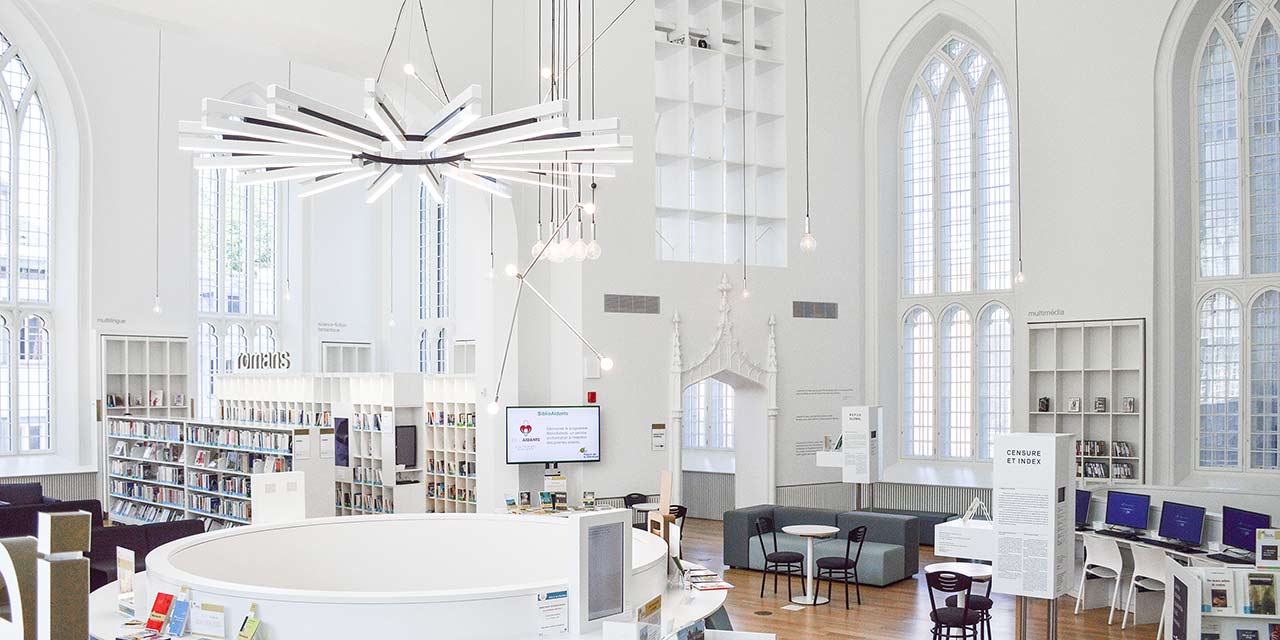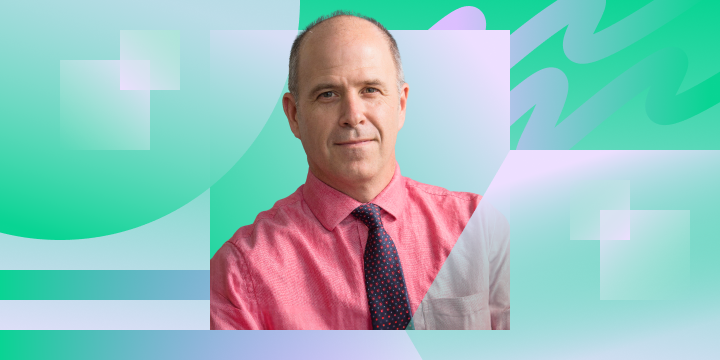‘Instructional design’ is much more than a campus buzzword, and Top Hat’s Manager of Customer Success Enablement, Mike Di Gregorio, has practical knowledge of how powerful it can be. A former academic and instructor, Di Gregorio started at Top Hat right when instructional design was picking up steam in the academic field and has seen, first-hand, the dramatic effect it can have in the right hands and the right learning environment.
We caught up with Di Gregorio to get his take on the direction higher learning is heading in, how professors and students can make better use of their time, misconceptions about instructional design and what all educators should be doing in the classroom today.
Q. Tell us about what you do at Top Hat.
I’m responsible for helping our customer-facing teams ensure they are servicing professors and students as best they can. I’m currently responsible for what we call the Top Hat Innovative Educator Certification program, which is focused on pedagogy first. We walk through common and popular classroom goals—a more active classroom, a more feedback-oriented classroom, a flipped classroom—and show how these objectives are best serviced by including technology in the classroom. That’s been a big focus of mine over the past year or so.
Subscribe to Top Hat’s weekly blog recap
Get the best posts of the week delivered to your inbox:
Q. What has been the most common goal you’ve come across?
Every professor wants more feedback. They want to know who their students are and how they’re understanding the material. So, they need some tool to let them be adaptive to what students are grasping of the lecture and some venue to measure and assess comprehension, provide them feedback as they’re teaching and give students feedback as they’re learning. Every professor wants to increase comprehension, but they also want tools to make it totally transparent to them where students are succeeding and where they aren’t.
Q. What is your professional background?
My story is not uncommon as a lapsed academic. I entered graduate school for a Master’s degree in 2006 and basically taught university in some capacity for nine to ten years. If you want to pursue an academic job in a successful way, it requires the ability to travel far and wide. My wife and I are both academics and we knew we wanted to stay close to home. I started looking into the so-called “alt-ac space”, or alternative academic space, and had a friend working at Top Hat, which was much smaller then. He thought I’d be a good fit and three years later, here I am. I joined the company in April of 2015 and at the time, we were just starting to build out an instructional design team. I was one of the first instructional designers—the team grew and grew and got more specialized, and I grew into this training and enablement role.
Q. What is the goal of an instructional designer when working with a professor who is new to the platform?
The full use of what Top Hat can do is sometimes a bit intimidating for a new user. Some professors might have only ever used the hardware clicker before they come to us. It becomes a bit of a shock to see a hugely expansive online platform that can do basically anything in the classroom. Helping professors focus on exactly what they need is really the aim.
Q. What do you love most about what you do?
I’ve been able to find a space that is growing in a very neat way within a start-up company, but that also allows me to apply all that experience I have from what was basically a first career as an academic. That’s what I love about this job. I can still find ways to do exactly what I love in a place that I never thought I would be if you had asked me this question five or six years ago.
Q. What would you say is the most challenging thing about your job?
The mantra in our department this year is actually “challenge accepted.” There’s nothing that has come easy, especially in a department that was seven people when I started and is now close to 70. There’s always something that I need to learn, to improve on or to start from scratch in order to make sure I’m successful at my job, and that’s really exciting. The opportunity to improve one’s self and constantly challenge one’s capabilities has been really great.
Q. What motivates you to do what you do at Top Hat?
For the last year and a half, I have been working closely with our instructional design and training teams to figure out what the most successful training plans are and what is really going to work. Figuring out how we can grow as a company and get professors to not just use the software but to learn how to do their jobs better, that’s what’s inspiring me every day. We’re developing a comprehensive training and support program for anyone teaching within a university space—and outside of it, frankly—to come and learn how to apply the pedagogical best practices to their specific learning space.
Q. What are your thoughts on the state of higher learning today?
As more and more universities move towards contract models, there’s less and less time to focus on professional development and teaching skills. While lots of universities have departments of education, teaching adults is a very specific thing, and especially young adults. I don’t think focusing on that has been a concentrated priority. I’m a bit of a dinosaur in terms of how I like to learn. I was always the kid at the back of the lecture hall taking notes ferociously and hanging onto every word the professor said, and I think there’s still something to say for a lecture well given. But if universities are going to continue to rely on that model where you have many students in a room with a single teacher, there need to be the proper tools and supports in place to make that room feel as small as possible. That’s only possible with technology.
Q. What role do you think Top Hat has played in that shift?
I think the change I’ve seen is that companies like Top Hat are starting to fill in the training or teaching strategy gap. It’s not because universities weren’t focusing on it. But the role of an instructional design expert is something that didn’t exist in its current form until the last decade or so. The explosion of people who bear the title of education technologist or instructional designer on campuses has been a big shift and has happened as companies like Top Hat have grown.
Q. There is still an association between the prevalence of screens and shortening attention spans. What are your thoughts on that?
I think it reveals a kind of cynicism that’s important to push back against. The assumption is that if a student has a phone or a computer with them, they must not be paying attention. That’s just not the case. There’s very good research that shows digital devices in the classroom can be used to ensure students have a much better outcome. I think approaching devices in the classroom as a positive and assuming the best of students is a much better frame of mind when you’re thinking about tech in the classroom.
Q. What do you think the most common misconception about instructional design is?
The thing that strikes me most about instructional design is that it came from military training, a program of instruction that lets you measure outcomes. In the space of military or first responders, there are a series of things you need to do reduce risk and to make sure that some operation is achieved. That’s where it began. It’s become a bit of a buzzword. I like to think of it as not capital I, capital D, but as helping you design your instruction.
Q. What’s one thing teachers should be doing today to improve their level of classroom engagement?
They need to be agile and adaptive. Students will, more often than not, know what they don’t know and be willing to follow a prof on a journey that isn’t entirely set in stone. If you’re using the proper tools in the classroom, you can get information on the fly and make better decisions on what to cover and even when repeat yourself if you need to. I would say just overall being more responsive to student needs is what should be happening in the classroom—and I think, for the most part, that is the aim of every professor.
This interview has been edited and condensed.
Check out our four-part teaching toolkit, which takes you step-by-step through planning lectures, activities and assessments.


